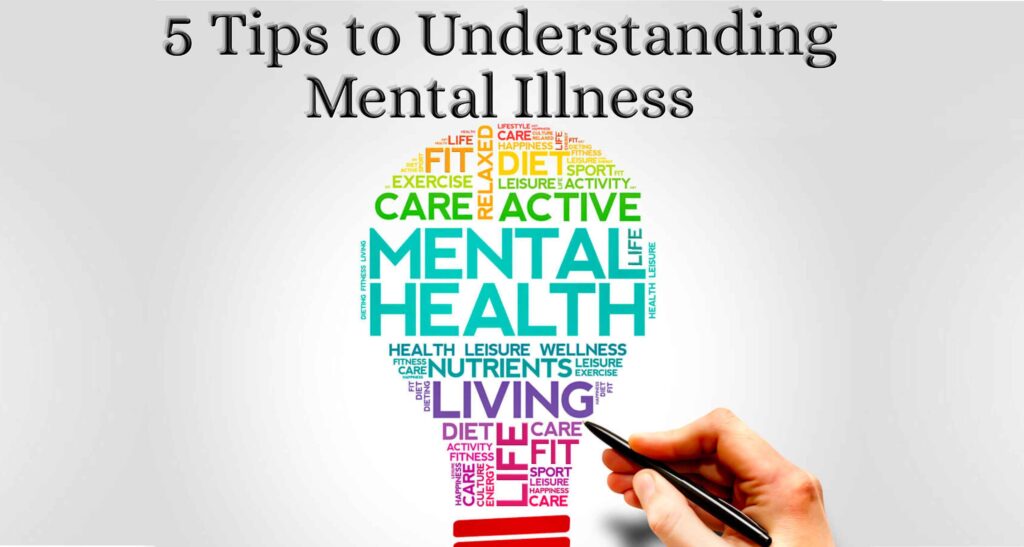Tofu Fried Rice with ‘Salmon’
If you are looking for a tasty, nutritious meal that takes just moments to prepare, look no further. This fried rice dish will satisfy your taste buds and leave you feeling full-up and nourished. This recipe can be easily adapted for vegan and non-vegan so everyone can tuck in and enjoy.
Prep Time: 5 min
Cook Time: 20 Min
Total Time: 25 min
Time to have fun
Heat oven to 180 degrees. Place your salmon fillet (plant-based or salmon) onto a cooking sheet. Cover the fillets with silver foil and place in the over for 15 minutes.
Allow 10 minutes before continuing with the next steps;
Heat a teaspoon of the avocado oil in a saucepan and place both halves of the pak choi into the saucepan. Turning often, cook in the pan until soft with blackened edges on all sides. Remove from pan and set to one side.
In a large pan or wok, heat 2 tablespoons of avocado oil and add the garlic.
Stir continuously to prevent the garlic from browning, for 1 minute
Crumble the tofu into the pan, add 1 teaspoon of Chinese five spice, a tiny sprinkle of black salt and 2 teaspoons of soy sauce and stir (if you are using eggs, miss this part and move straight on to the next part)
Add the peppers, carrots and half of the spring onions and stir to mix.
If you have added the Tofu, add another 1/2 teaspoon of Chinese five spice.
If not, add 1 teaspoon of Chinese five spice.
Continue to mix around the pan until the vegetables have started to soften.
Squeeze the rice packet to separate the grains and pour into the pan. Mix well to combine the vegetables and rice.
Add 1 tablespoon of soy sauce and 3 teaspoons of Chinese five spice.
Of you are using eggs instead of Tofu, crack the egg into the pan and stir to combine the egg into the rice and vegetables and continue to stir to scramble the egg.
If your pan is beginning to stick, add a little more oil or a splash of water.
Remove the salmon, or plant based salmon from the oven once the 15 minutes are done, uncover and pour a little of the sweet chilli sauce over the fillets. Sprinkle sesame seeds over the top and place uncovered back in the oven for a further 5 minutes.
Divide the fried rice between two bowls, place 1/2 of the pak choi on top of each rice bowl and place the salmon or plant-based salmon on top of the pak choi.
Sprinkle the remainder of the spring onions on top of each of the rice bowls, grab your chop sticks and tick in.

Ingredients
-
Avacado Oil
-
Large Spring Onions 4
Chopped into circles. Be sure to get some of the green in their
-
Bell Pepper 1
We used 1/2 yellow & 1/2 red but you can choose your favourites
-
Chopped Garlic 3 cloves
-
Frozen Peas 1/2 cup
-
Small Carrots 2
Cut into thin batons
-
Pak Choi 1
Cut into half
-
Viv Era Plant Salmon Fillet 2
* You can use salmon fillet
-
Firm Tofu 200g
If you prefer, you can use eggs instead. If you are doing this you will require 1 large, free-range egg
-
White Basmati Rice 250g
For an easy mid-week meal, the packet rices are ideal for this recipe If you are using uncooked rice, cook the rice first as per the packet instructions and set to one side
-
Reduced Sugar Sweet Chiilli Sauce
-
Sesame Seeds
-
Chinese Five Spice
-
Black salt
If you can’t find this in your supermarket, you can order it easily on-line. In the meantime, the recipe still works without this ingredient. This is only required of you are making the Tofu version of the fried rice.




 Possibly one of the best things to have come from the last couple of years, is that so many more people have become aware that they have some form of mental dis-ease and that they would like to manage it better and hopefully even resolve it.
Possibly one of the best things to have come from the last couple of years, is that so many more people have become aware that they have some form of mental dis-ease and that they would like to manage it better and hopefully even resolve it.

 Ofsted have begun to review its impact on teacher wellbeing during their inspections and are now looking to also include the health and wellness of staff as part of their inspection criteria. The government has also now implemented an Education staff wellbeing charter, which is a declaration that schools and colleges are invited to sign up to, as a commitment to protect, promote and enhance the wellbeing of their staff, including temporary and support staff.
Ofsted have begun to review its impact on teacher wellbeing during their inspections and are now looking to also include the health and wellness of staff as part of their inspection criteria. The government has also now implemented an Education staff wellbeing charter, which is a declaration that schools and colleges are invited to sign up to, as a commitment to protect, promote and enhance the wellbeing of their staff, including temporary and support staff. The pure intention of why we send our children to school is all about education through learning and experience, but as so many teachers will no doubt share, if the pupils receiving this training do not have the desire to receive it, it will simply fall on deaf ears. There is a saying that education is wasted on the young, but what if they understood why the lessons were being shared and the value they could acquire from them; would they engage with it more readily? Or is it that the pupils have little or no concept of the advantages they can gain, because it is currently outside their frame of experience, so are unintentionally unaware of its benefits. This could be the same for any member of staff within a school or college during the introduction of any new scheme, including that of a health and wellness program designed for their benefit.
The pure intention of why we send our children to school is all about education through learning and experience, but as so many teachers will no doubt share, if the pupils receiving this training do not have the desire to receive it, it will simply fall on deaf ears. There is a saying that education is wasted on the young, but what if they understood why the lessons were being shared and the value they could acquire from them; would they engage with it more readily? Or is it that the pupils have little or no concept of the advantages they can gain, because it is currently outside their frame of experience, so are unintentionally unaware of its benefits. This could be the same for any member of staff within a school or college during the introduction of any new scheme, including that of a health and wellness program designed for their benefit. If funding were to be available, a school would now have the ability to bring in a health and wellness company who would deliver all aspects of the fundamental physical and mental support through their reservoir of experience. Using a company whose role is to improve the wellness within a workplace means that all who take part will then benefit from a program that is delivered more effectively and efficiently thus leaving the teachers free to teach and in turn the pupils in a better environment to learn.
If funding were to be available, a school would now have the ability to bring in a health and wellness company who would deliver all aspects of the fundamental physical and mental support through their reservoir of experience. Using a company whose role is to improve the wellness within a workplace means that all who take part will then benefit from a program that is delivered more effectively and efficiently thus leaving the teachers free to teach and in turn the pupils in a better environment to learn.






 Hard work is a state of mind committed to the process, not just the result. Adopt an athlete mindset and lose the hustle.
Hard work is a state of mind committed to the process, not just the result. Adopt an athlete mindset and lose the hustle.